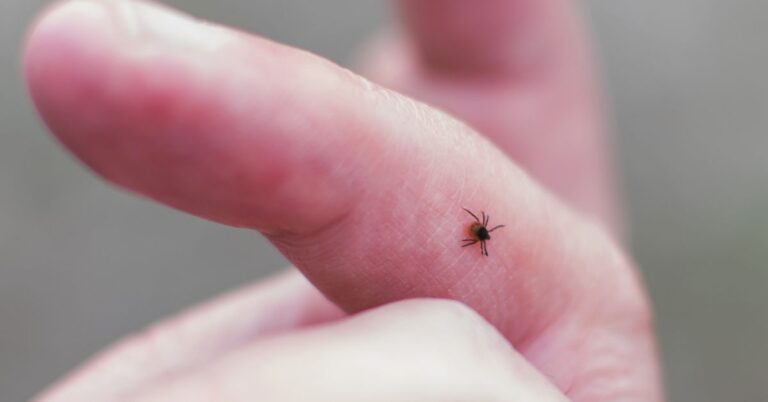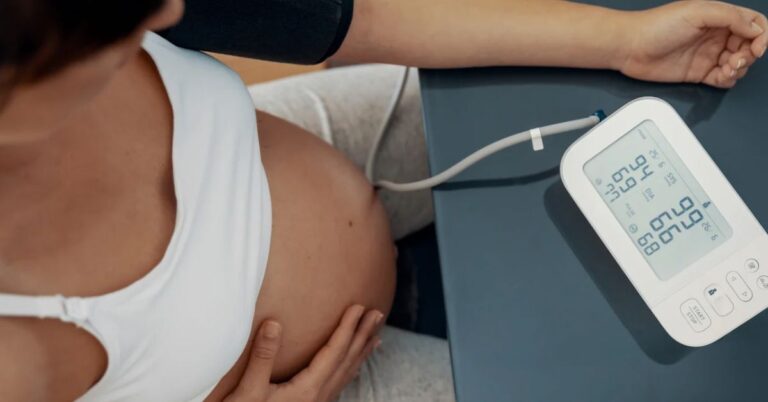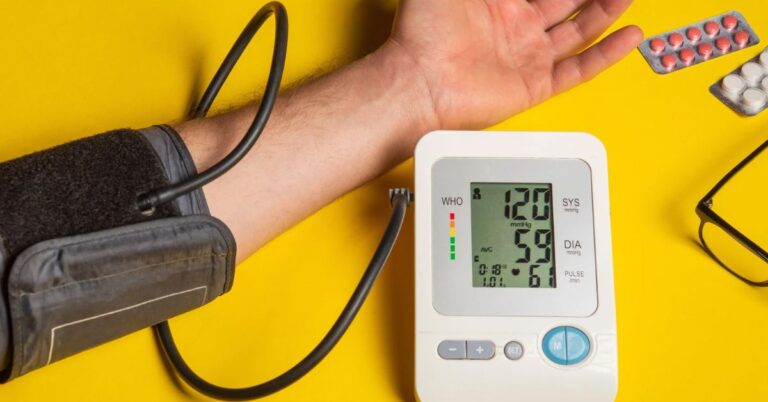How Wearable Health Tech & AI Are Changing the Way We Monitor Wellness
The way we monitor our health is undergoing a significant transformation, moving beyond the confines of the doctor’s office. From Apple Watches that monitor heart rhythms to AI-powered glucose monitors that predict sugar spikes, the integration of wearable health technology and artificial intelligence (AI) is reshaping our understanding and response to our bodies.
These tools empower individuals to take control of their well-being, allowing them to address issues proactively, even before symptoms manifest.
Wearable technology, in conjunction with artificial intelligence, is transforming healthcare from a reactive approach to a proactive one, as explained by Dr. Molly Maloof, a physician and digital health expert. This shift marks a significant change, as healthcare professionals are now not only treating illnesses but also actively preventing them.
What Is Wearable Health Tech?
Wearable health tech includes devices worn on or inside the body that collect data on your physical or physiological condition. Examples include:
- Smartwatches (like Fitbit, Apple Watch)
- Smart rings (Oura Ring)
- Continuous glucose monitors (Dexcom, Freestyle Libre)
- AI fitness trackers
- Smart clothing with biosensors
These devices monitor metrics like heart rate, sleep, activity, temperature, respiratory rate, and even menstrual cycles or mental stress levels.
Where AI Fits In
While wearables gather raw data, AI algorithms analyze that data in real time, often predicting changes before they become clinically significant. This includes:
- Detecting irregular heart rhythms like atrial fibrillation
- Identifying signs of stress or burnout from changes in heart rate variability (HRV)
- Predicting menstrual and ovulation cycles for fertility tracking
- Monitoring blood glucose trends in diabetics
- Offering personalized fitness, sleep, or nutrition coaching via apps
AI helps convert numbers into meaningful insights, making it easier for both individuals and doctors to make decisions.
“AI-powered wearables are like having a health coach on your wrist 24/7,” says Dr. John Rogers, professor of bioengineering at Northwestern University.
What the Research Says
A 2023 Lancet Digital Health review found that wearable-AI combinations can detect abnormal cardiac rhythms with up to 94% accuracy, often days before symptoms arise.
Another study published in npj Digital Medicine showed AI could predict COVID-19 symptoms using data from wearables 3 days before diagnosis in 80% of cases.
- Wearables for early detection of Parkinson’s through gait analysis
- AI models predicting depression episodes from behavioral patterns
- Smart patches that assess hydration, cortisol, or lactate levels in real time
Public Health Impact: Personalized, Preventive, and Accessible
The shift to AI + wearables isn’t just a tech trend it could relieve healthcare systems, improve outcomes, and democratize health insights, especially for those with limited access to frequent care.
- Chronic disease management (e.g., diabetes, hypertension) becomes easier
- Remote monitoring reduces hospital visits
- Underserved populations gain access to early warnings and preventive care
“This tech brings healthcare closer to the patient in their homes, pockets, or wrists,” says Dr. Karen DeSalvo, Chief Health Officer at Google Health.
How to Use Wearable Tech Safely & Effectively
Want to harness this revolution for your own wellness? Here’s how to get started:
1. Choose the Right Device for Your Goal
For heart health, go with Apple Watch or Fitbit. For stress and sleep, Oura Ring. For glucose, CGMs like Freestyle Libre.
2. Don’t Obsess Over Every Number
Look for patterns, not daily spikes. Let the app help you understand trends.
3. Sync With a Healthcare Provider
Many platforms allow you to share data with doctors for more informed care.
4. Use Data to Adjust Habits
AI insights can nudge you to improve sleep, hydrate more, or reduce caffeine/stress.
5. Ensure Privacy and Data Security
Read privacy policies and only share data with trusted apps and platforms.
Health at the Speed of Real-Time Data
Soon, wearables may detect infections before symptoms show, predict mood changes, or offer real-time nutritional advice. Non-invasive blood pressure, blood alcohol, and even hormonal tracking are already in development.
Dr. Maloof predicts that we are headed towards an era of ambient, predictive health. Our bodies will communicate their needs to us before we even become aware of them.
Listen to Your Body—Literally
In a world where early detection is crucial for saving lives, wearable health technology and artificial intelligence have transcended their status as mere gadgets. They have become powerful health allies that, by combining innovation with prevention, are revolutionizing wellness. This fusion of technology and prevention makes wellness more personalized, precise, and predictive than ever before.
Check out the healthlynic ✔️approved range of products for Weight Loss, Improve metabolism and much more!







